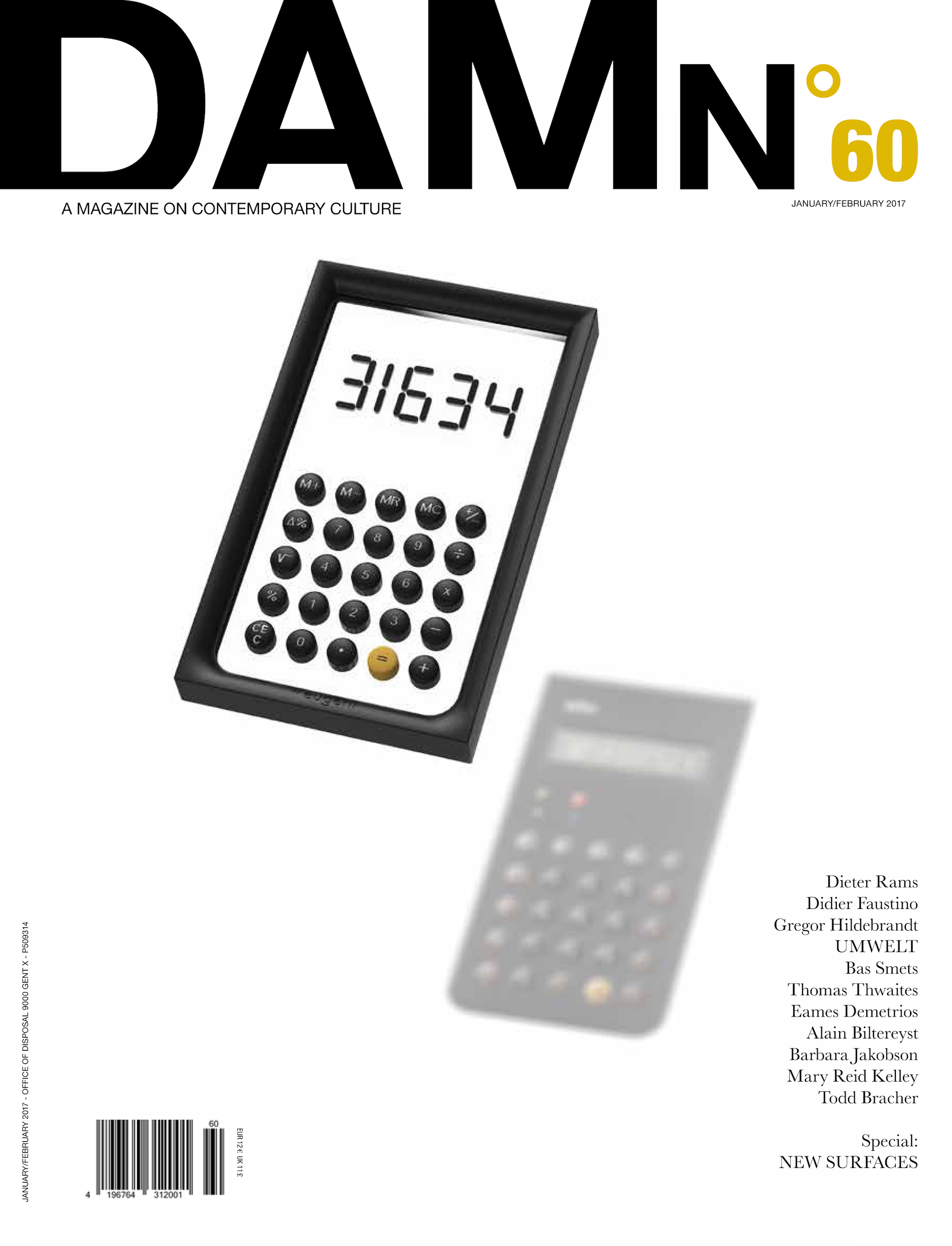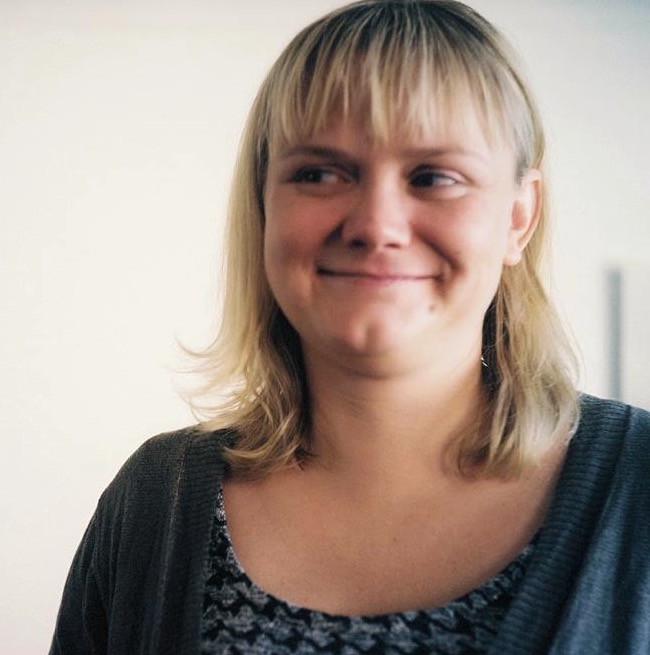DAMN°: The work you do at Todd Bracher Studio spans industrial design and design strategy, an unusual combination. What was your approach to the Das Haus project?
Todd Bracher: When imm cologne invited me, I told them: Don’t expect me to make a bed with small tables next to it on each side and a small lamp on those small tables and a painting over the bed; I don’t think that way. They agreed, so I give them a lot of credit for deciding to take on this experiment.
 For a lot of the work I do, I don’t even draw anything. We design it in Microsoft Word because it is about the thinking. If the thinking is correct, the result is inevitable. How I explain my approach is with the example of two trees standing alongside each other in the park. You don’t see one as nicer than the other – you just see two trees and they are beautiful. The reason is because they are natural; they are the consistent result of a series of conditions, a series of questions and answers that arrive truthfully and without an opinion. With two buildings, one is often nicer because buildings are opinions; they are not truthfully evolved and devoid of human influence.
For a lot of the work I do, I don’t even draw anything. We design it in Microsoft Word because it is about the thinking. If the thinking is correct, the result is inevitable. How I explain my approach is with the example of two trees standing alongside each other in the park. You don’t see one as nicer than the other – you just see two trees and they are beautiful. The reason is because they are natural; they are the consistent result of a series of conditions, a series of questions and answers that arrive truthfully and without an opinion. With two buildings, one is often nicer because buildings are opinions; they are not truthfully evolved and devoid of human influence.
DAMN°: Is this how you came-up with the three interlinked spaces being Hygiene, Resting, and Sustenance?
 TB: Yes. The project was an opportunity to question what the real needs of our homes are. These needs have started to be addressed through the open plan, but I still think that the approach to the open plan is synthetic. What if we take the next step and actually put the rooms together?
TB: Yes. The project was an opportunity to question what the real needs of our homes are. These needs have started to be addressed through the open plan, but I still think that the approach to the open plan is synthetic. What if we take the next step and actually put the rooms together?
This is why we have designed this Sustenance room as a place for body, soul, and mind – through food, memorabilia, and informative objects like birds, instead of books about birds. The Resting room should not just be the bedroom but also a place to daydream, meditate, or think, and we have furniture for these modes of rest. Hygiene is still very personal, but I love the idea of taking a shower outside and making it part of our daily ritual to reconnect with nature.

 DAMN°: Especially with the library that includes living things rather than books, perhaps as an antidote to the digital dematerialisation of our environs, the project starts veering into speculative design?
DAMN°: Especially with the library that includes living things rather than books, perhaps as an antidote to the digital dematerialisation of our environs, the project starts veering into speculative design?
TB: Definitely. It is a commentary; it’s not perfectly resolved. There’s nowhere to put your boots or do your washing, for instance, and there’s hardly any furniture. My point is: when is enough enough? We have to find a way to add less. I am trying to find something that is meaningful again, trying to push back by saying that I don’t want to have five televisions, five sofas, three cars. I don’t need all of this, so can we just have what is really meaningful? Can we can we somehow consider everything we have in our lives and be happy with that?
DAS HAUS Koelnmesse, Hall 2.2
Todd Bracher: When imm cologne invited me, I told them: Don’t expect me to make a bed with small tables next to it on each side and a small lamp on those small tables and a painting over the bed; I don’t think that way. They agreed, so I give them a lot of credit for deciding to take on this experiment.

DAS HAUS, sketch by Todd Bracher
DAMN°: Is this how you came-up with the three interlinked spaces being Hygiene, Resting, and Sustenance?

Todd Bracher and imm cologne’s creative director Dick Spierenburg exchanging ideas
Photo: Lutz Sternstein / Koelnmesse
This is why we have designed this Sustenance room as a place for body, soul, and mind – through food, memorabilia, and informative objects like birds, instead of books about birds. The Resting room should not just be the bedroom but also a place to daydream, meditate, or think, and we have furniture for these modes of rest. Hygiene is still very personal, but I love the idea of taking a shower outside and making it part of our daily ritual to reconnect with nature.

Todd Bracher enjoying a walk along the Rhine in Cologne. Photo: Lutz Sternstein / Koelnmesse

T-No. 1, Fritz Hansen
TB: Definitely. It is a commentary; it’s not perfectly resolved. There’s nowhere to put your boots or do your washing, for instance, and there’s hardly any furniture. My point is: when is enough enough? We have to find a way to add less. I am trying to find something that is meaningful again, trying to push back by saying that I don’t want to have five televisions, five sofas, three cars. I don’t need all of this, so can we just have what is really meaningful? Can we can we somehow consider everything we have in our lives and be happy with that?
DAS HAUS Koelnmesse, Hall 2.2
 DISTIL, Herman Miller
DISTIL, Herman Miller
 ALODIA, Cappellini
ALODIA, Cappellini
 STRANDELIER, Swarovski
STRANDELIER, Swarovski
 VAS, Italesse
VAS, Italesse



